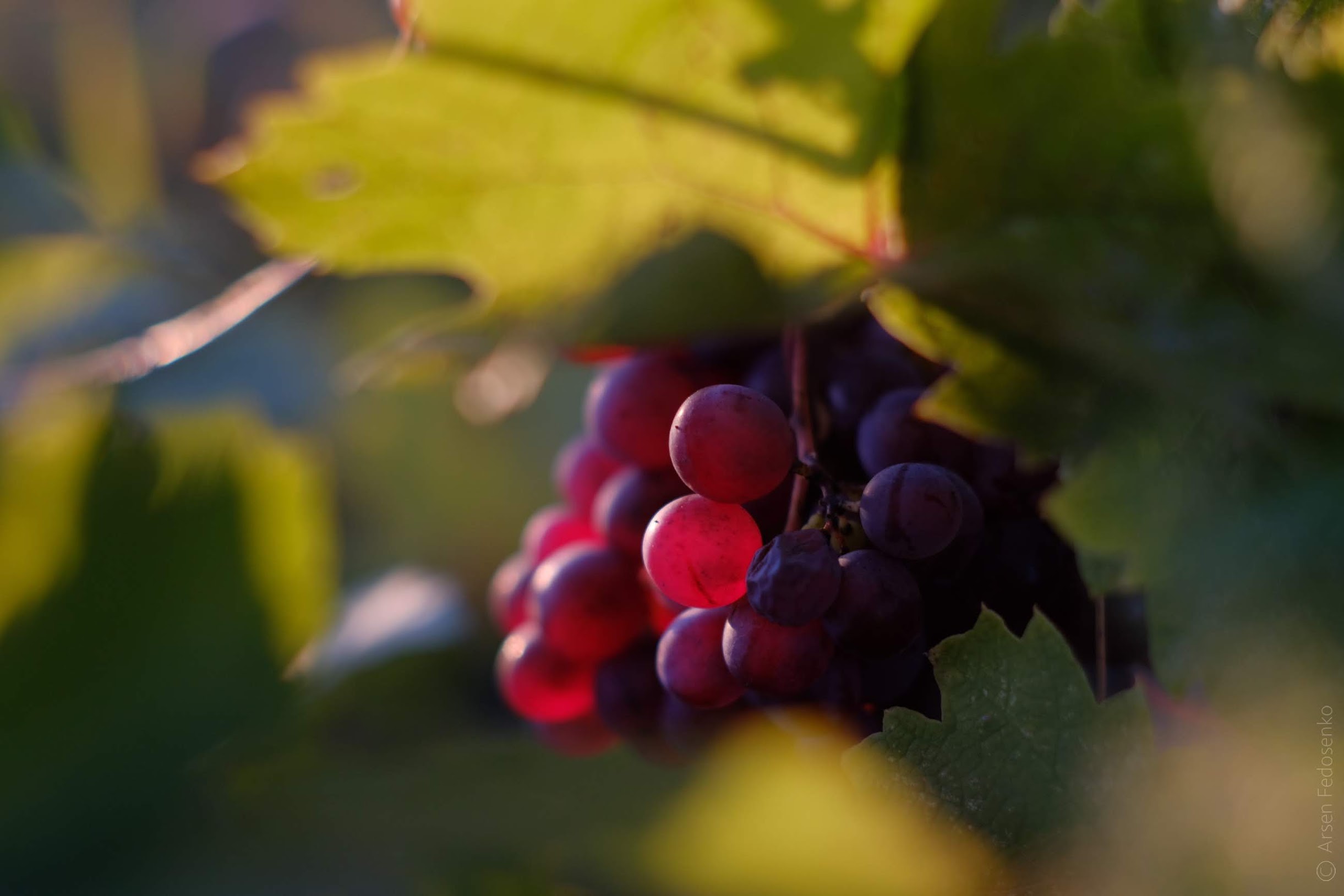WINEMAKING IN UKRAINE
Wine culture already existed in the 4th century BC on the south coast of the peninsula Crimea, from this time wine presses and amphorae found. In the northern part, however, it only developed much later from monks in the 11th century.
Russia’s 2014 invasion of Crimea, the major wine growing and producing region in Ukraine, has been a heavy blow to the industry. Ukraine lost more than half its bottled wines, mostly semi-sweet and dessert wines. But the loss of Crimea and the armed conflict in the east ironically gave a giant push to Western-style dry wines, especially in Transcarpathia and the southern Odessa and Kherson regions.
Since 2015, Ukraine’s production of dry wines has grown by seven to nine percent every year.
Now Ukraine consists of three major wine-growing regions. This is by far the largest area in the southwest around the city of Odessa with almost 50% of the total area. Hungary and Romania adjacent Transcarpathian area , as well as the area south of the river Dnipro near the cities of Kherson and Dnieperpetrovsk . The continental climate is characterized by hot summers and severe winters. In 2021, over 100 million liters of wine were produced from about 40 thousand hectares of vineyards. Almost 180 grape varieties are cultivated, including the majority of indigenous or varieties grown here.

Wine regions
Bessarabia
In 1788, after the conquest of Ochakov, Prince Potemkin, assessing the contribution of the Cossacks to the overall victory, gave them lands between the Dniester and the Bug. Then the first information about the vineyards in Sloboda, Yaski, Golovkivka, Bilyaivka and Agidera (Ovidiopol) appeared. But three years later, the same Potemkin wished to make serfs from the Cossacks, and the Cossacks, reluctant to go, went to Budzhak. Apparently, the punitive raid of General Prozorovsky in 1769, when he burned to the bottom of the Baltic and all the settlements he encountered on the way down the Dniester, forced the Cossacks not to venture too deep into territory controlled by Russian troops. The bands of their vineyards did not extend beyond the river border.
Black Sea region
The Black Sea region is rightly considered one of the most ancient wine-growing regions of Ukraine. Ancient Greeks in the first place evaluated its favorable for viticulture relief. Flat winemaking allows, in the main, to grow table varieties and varieties suitable for the production of ordinary wines. Even the ancient Romans believed that grapes grown on an inclined plane give the best yield. The winter of Odessa, Mykolayiv and part of Kherson is characterized by a mild winter, which is very important for the thermophilic vine. In particular, it is at the border of the Northern Black Sea that there is a border of indivisible industrial culture. Warm and moderately humid autumn contributes to the normal development and ripeness of the grape berries, and the dry periods before the grape harvest allows for high quality grapes.
Transcarpathia (Zakarpattya)
After collectivization, mass planting of vineyards began. Created a special rake, nursery base. As early as 1953, the vineyard area had grown to 5400 hectares. 1200-1500 ha of new plantations were planted each year. In 1960, vineyards (excluding the individual sector) occupied an area of 14.5 thousand hectares, the history of the region did not yet know. The vineyards were laid in the Irshava district. Their area reached up to 3 thousand hectares. There were also attempts to develop separate areas in the Khust and Svalyava districts under the vineyards. The development of the wine industry has begun. Wineries with automatic lines that produce bottled wines have been built.
